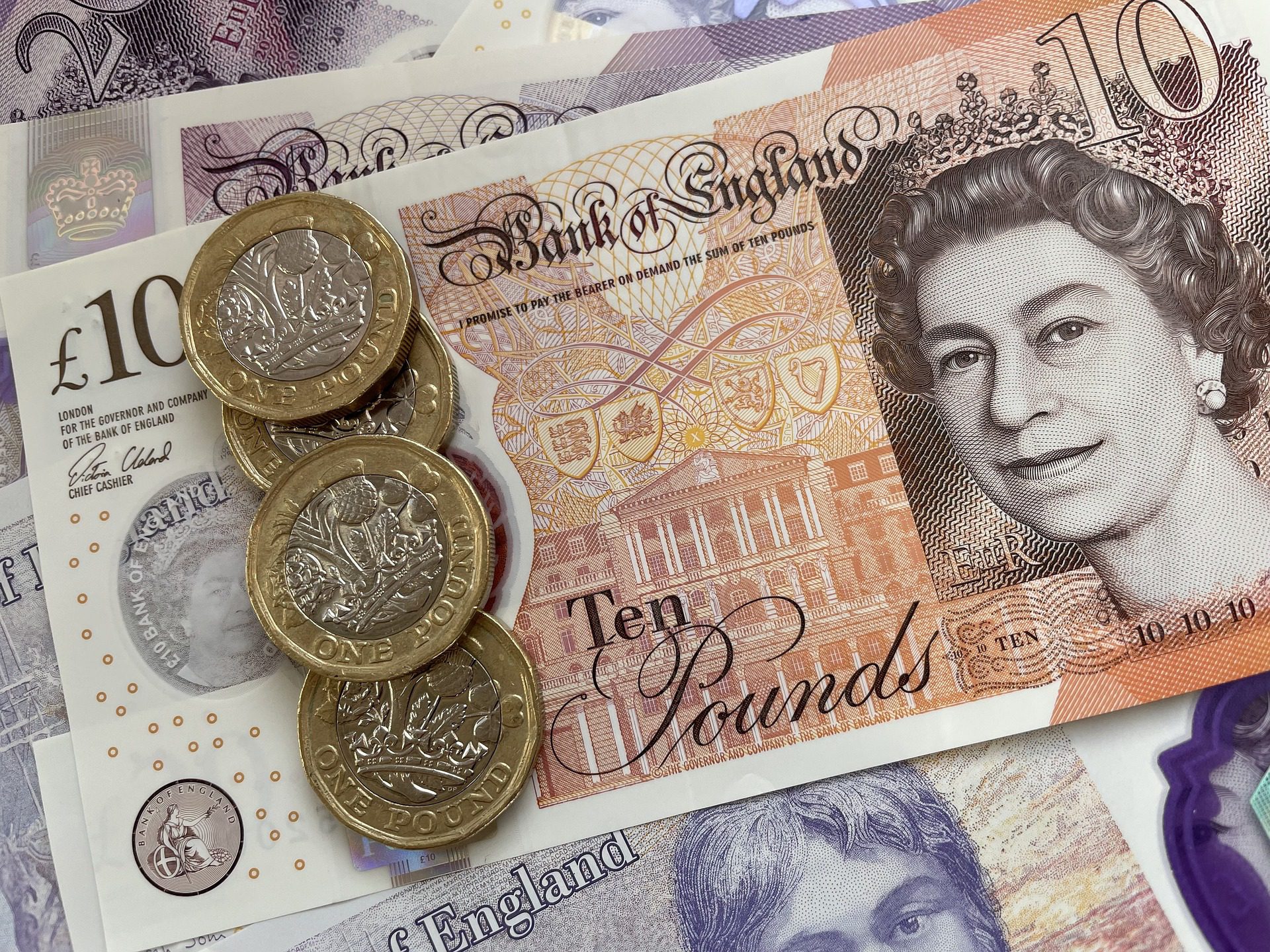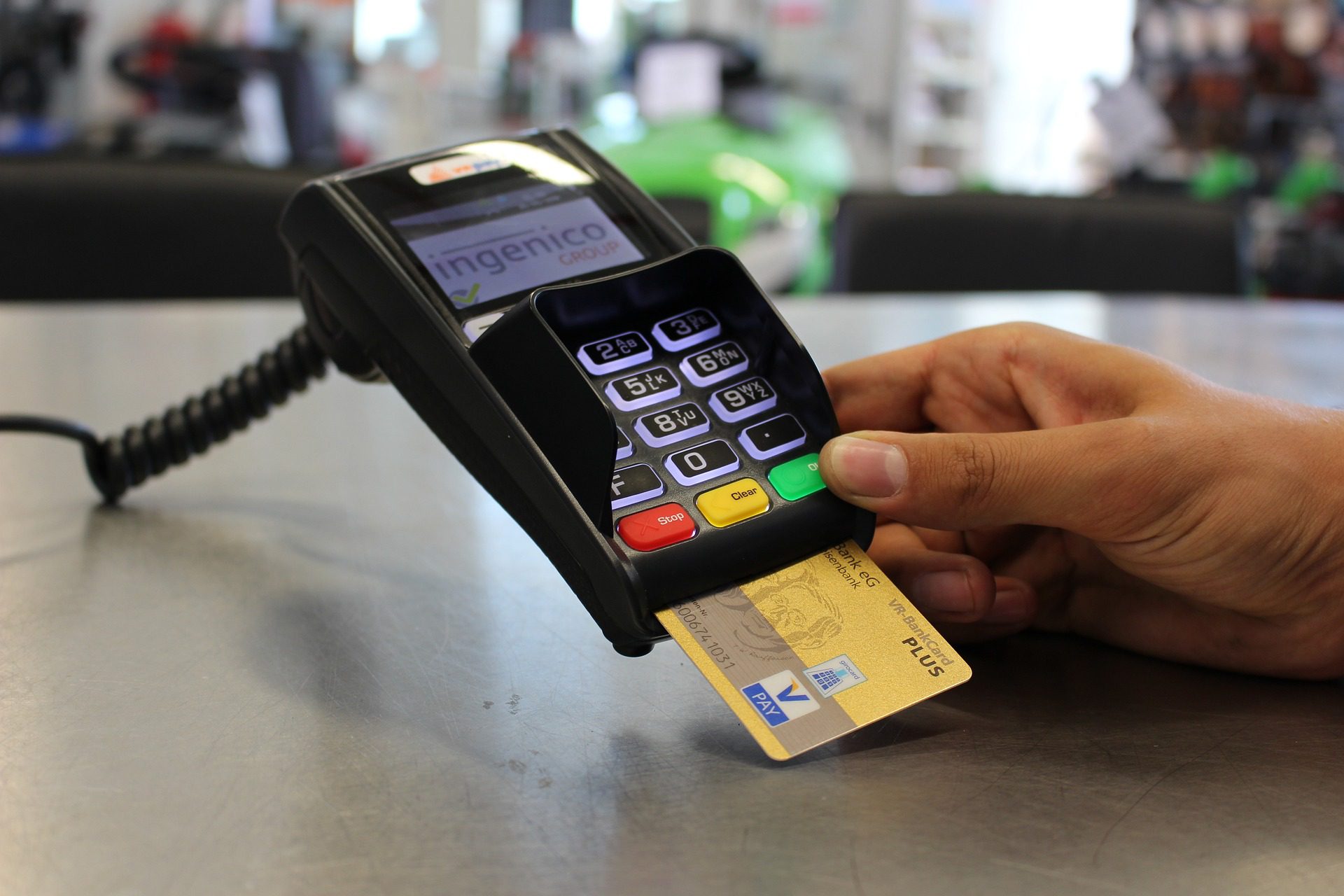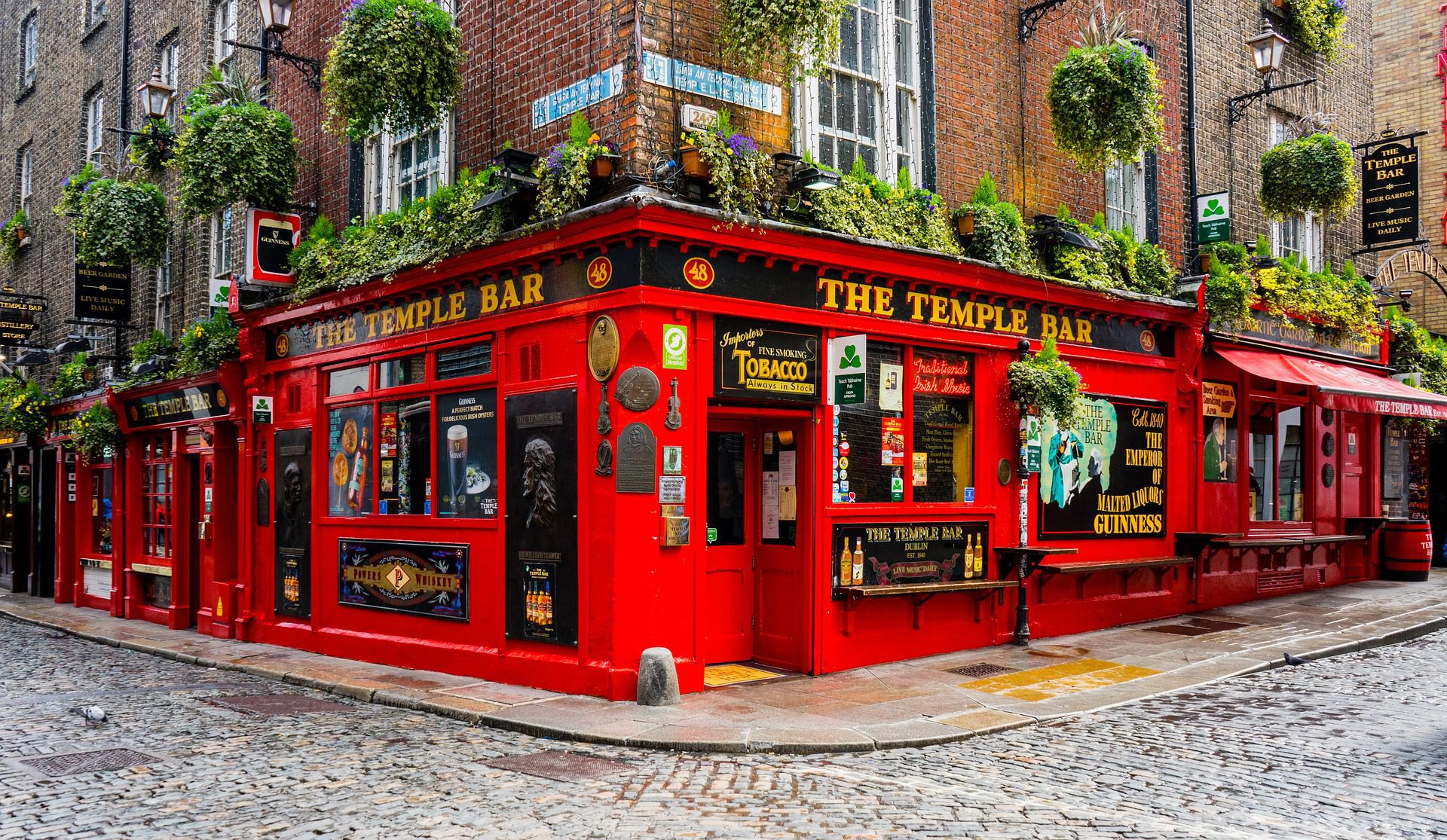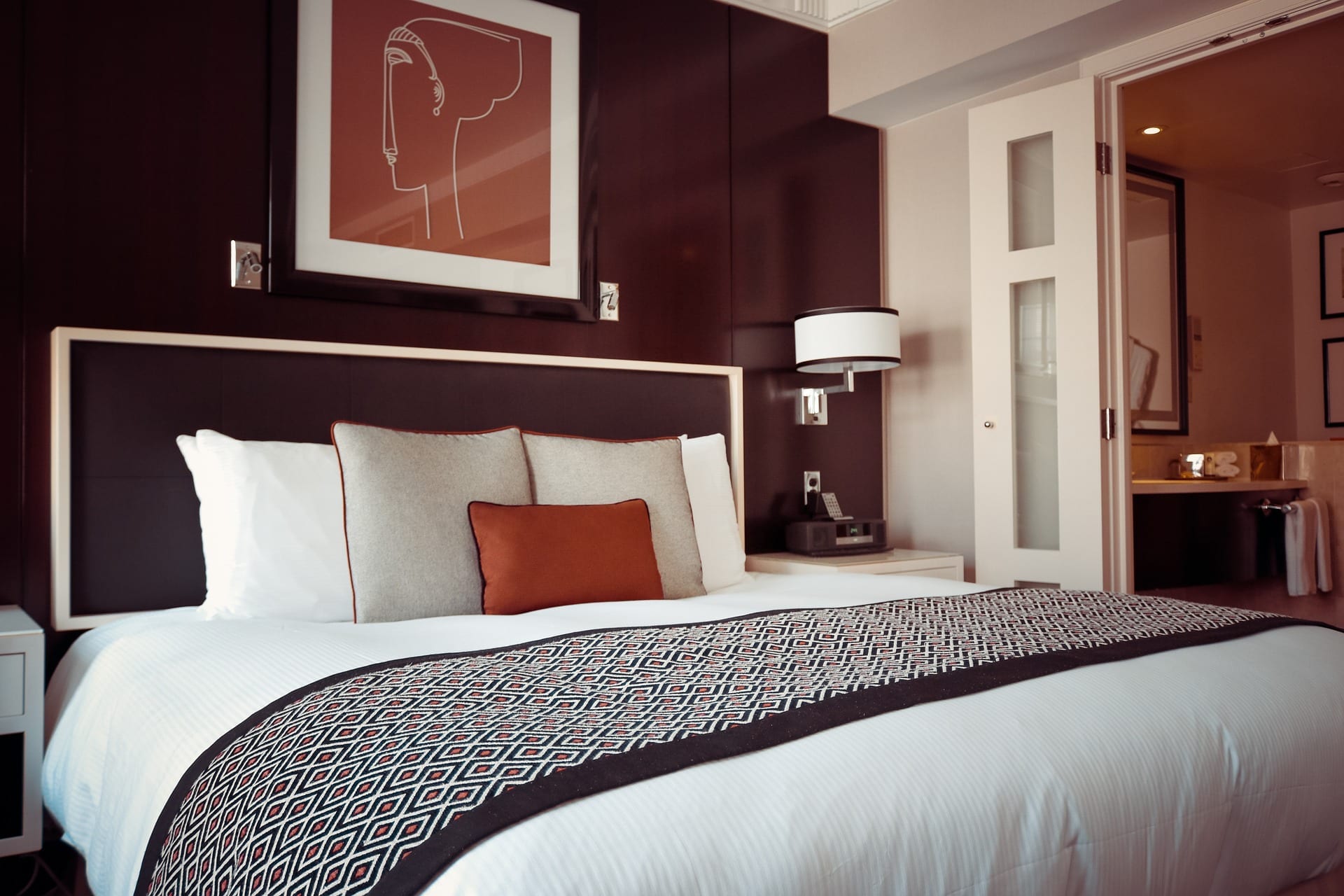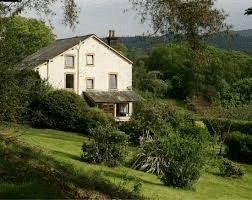In the vibrant and dynamic world of business, commercial properties serve as the beating heart of various industries. Whether you are an ambitious entrepreneur starting a new venture or an established business owner looking to expand, understanding the different types of commercial properties available in the UK is crucial. In this article, we will explore the diverse range of commercial properties and provide valuable insights to help you choose the right property for your business needs.
What are the different types of commercial properties?
Commercial properties can be classified as either full-commercial or semi-commercial.
Full commercial properties refer to properties that operate completely commercially, such as offices, warehouses, dental surgeries, factories and guest houses. Semi-commercial properties, also known as mixed-use properties, are used for residential as well as commercial purposes, such as flats above a row of shops.
Commercial properties can also be grouped based on what kind of activities they’re used for, such as offices, industrial, retail, leisure and healthcare.
Office Spaces
Office spaces are the backbone of professional services, administrative operations and corporate environments. They come in various sizes and layouts, from small offices in shared workspaces to large, purpose-built corporate headquarters.
Key considerations when selecting an office space include location, accessibility, amenities and parking facilities.
Industrial Units
Industrial properties are tailored to meet the needs of manufacturing, warehousing, logistics and distribution sectors. These properties are characterised by their large floor areas, high ceilings, loading bays and proximity to transportation networks.
Because industrial units are essential for businesses involved in production, storage and the movement of goods, location, transportation links, accessibility for heavy vehicles and the availability of storage facilities are vital factors when choosing an industrial property.
Retail Establishments
Retail properties are where commerce and consumers converge. They encompass a wide range of premises, including shops, showrooms, shopping centres and high street stores. The UK boasts a rich tapestry of retail spaces, from small independent boutiques to large shopping malls.
When selecting a retail property, factors such as footfall, demographics, competition, parking and accessibility should be taken into account. The location should align with your target audience and the nature of your products or services.
Leisure Facilities
Leisure properties cater to businesses in the entertainment, hospitality and leisure sectors. These include hotels, restaurants, pubs, cinemas, fitness centres and recreational venues.
Considerations when choosing a leisure property include location, accessibility, proximity to amenities, parking facilities and the potential for footfall. Understanding the target market and their preferences is vital for success in this sector.
Healthcare Properties
Healthcare properties, encompassing hospitals, clinics, medical offices, dental practices and care homes, play a crucial role in delivering medical services to the community. These properties must meet stringent regulatory standards and provide suitable infrastructure for medical professionals and patients.
Factors to consider when choosing a healthcare property include location, proximity to other healthcare providers, accessibility, parking and compliance with regulatory requirements.
Choosing the Right Property for Your Business
Choosing the right commercial property for your business requires careful consideration of various factors. By thoroughly evaluating your needs, conducting market research, seeking professional advice and assessing the property’s suitability, you can make an informed decision that sets the stage for future success. Consider the following factors when making this important choice:
Location
Ensure the property is conveniently located for your target market, employees and suppliers. Accessibility to transportation links and proximity to amenities should also be considered.
Size and Layout
Assess your current and future space requirements to ensure the property can accommodate your business’s needs. Consider office space, storage areas, customer areas and production facilities.
Budget
Determine a realistic budget for purchasing or leasing a commercial property. Consider not only the upfront costs but also ongoing expenses such as rent, maintenance, insurance and business rates.
Infrastructure and Facilities
Evaluate the existing infrastructure and facilities to determine whether they meet your business requirements, for example, loading bays, secure access or refrigeration units.
Legal Considerations
Seek professional advice from solicitors or commercial property experts to navigate legal aspects such as lease agreements, licenses and permits and to ensure compliance with local planning and building regulations.
Future Growth Potential
Consider the scalability and flexibility of the property. Will it accommodate your business’s growth and expansion plans? Assess the potential for alterations, extensions or additional space if needed in the future.
Market Research
Conduct thorough market research to understand the demand and competition in the area. Identify if there is a suitable customer base for your business and analyse the potential for growth and profitability.
Due Diligence
Before finalising any property, conduct thorough due diligence. Inspect the property for any structural issues, assess its condition and review utility systems, such as plumbing and electrical systems.
How can Stewart Hindley help?
As commercial property experts, we can provide you with valuable insights and options when it comes to buying your first or next commercial property. Get in touch to find out how we can help you.




